Best of the Best: The Most Valuable Wines to Invest in
The world’s most precious wines combine expertise and terroir to offer delicious potential both on the table and in the cellar—these are the bottles to seek out for your collection
The world’s most precious wines combine expertise and terroir to offer delicious potential both on the table and in the cellar—these are the bottles to seek out for your collection
To an untrained eye, the world’s most valuable wines might look like gilded tokens marketed on scarcity and hype. But behind their embossed labels lies deep history and incredible terroir. “Certain wine-producing properties have a proven track record—a long history of making great wine stretching back in some instances hundreds of years,” explains Christie’s Head of Wine Chris Munro. This history lends the estates their credibility in the midst of vintage variation, making these the wines to invest in even in challenging years.
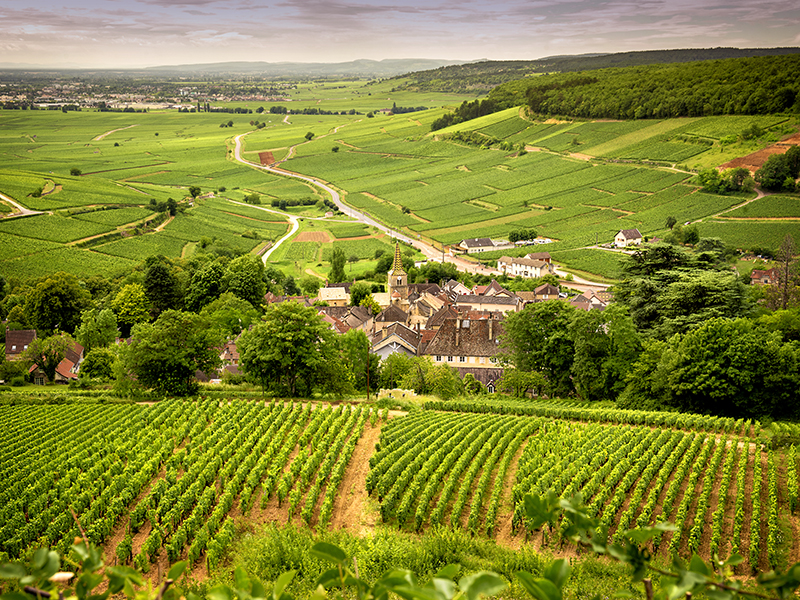
The history of Burgundy in France—the epicenter of Pinot Noir and Chardonnay—was established nearly 1,000 years ago when Cistercian monks began cultivating the hillsides surrounding the modern-day cities of Dijon and Beaune. They toiled, cataloging the details of the soil foot by foot for generations, and recording which plots yielded exquisite or simply mediocre wines in dizzying detail.
The most prized wines come from ancient terroirs with a history of greatness and a reputation that precedes the modern era
Today, those early labors form the backbone of the region’s famed vineyard hierarchy, and Grand Cru designations. With impressive accuracy, the same sites selected in ancient times remain responsible for the world’s most valuable Pinot Noirs and Chardonnays, including those crafted by Domaine de la Romanée Conti, Guy Roulot, Leflaive, and Coche-Dury.
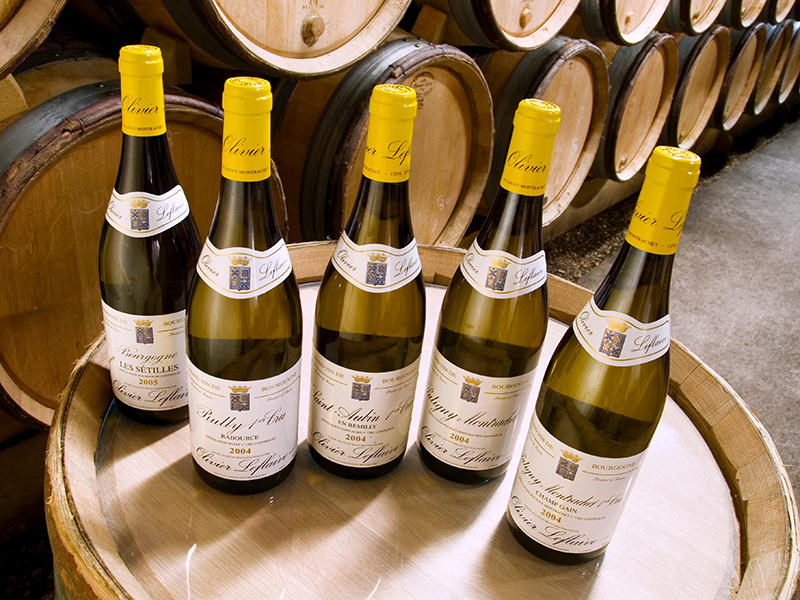
Northwest in Bordeaux, the history is less ancient but strikingly similar: The prized First-Growth Châteaux—Lafite Rothschild, d’Yquem, Haut-Brion, and Margaux—cherished in collections and fiercely bid for at auction, all originate from vineyards defined and cultivated centuries ago. “The 1855 Bordeaux Classification ranked wines by quality and even today, over 150 years later, we still consider the classification as a benchmark for quality,” explains Munro.
In Piedmont, Champagne, and Germany’s Mosel River Valley, the story remains the same. The most prized wines come from ancient terroirs with a history of greatness and a reputation that precedes the modern era. It’s the combination of expertise, terroir, and scarcity that makes these bottles so precious. As a result, the hunt to procure them is a thrilling quest for novice collectors and veterans alike.
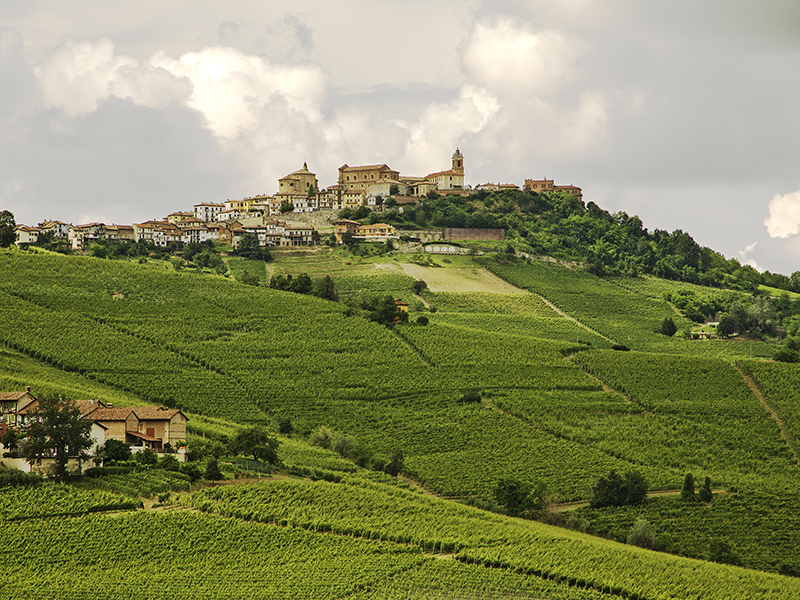
To craft truly priceless bottlings, today these hallowed vineyard sites are paired with viticulturists and cellar teams. These experts have fine-tuned their skills to match the vineyard conditions, unique terroir of each site, and how weather conditions affect each grape variety or vineyard microclimate. As a result, the estates make excellent wine in both easy, bountiful vintages and challenging years. Their consistent success yields universal applause from wine critics and publications, raising the wine’s reputation and value on the auction block.
These wineries, as a result, “All share a unique terroir that suits the specific grape variety farmed there, whether that’s Tempranillo in Rioja or Nebbiolo in Piedmont,” explains Munro. “These regions have produced quality wine for hundreds of years, vignerons around the world know their land and how to get the best from that land.”
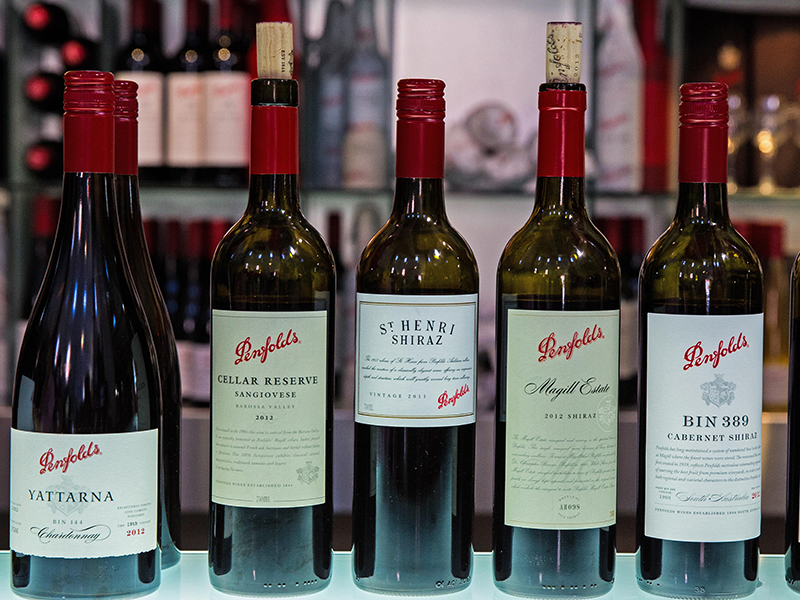
In the new world, younger producers have assumed the best practices developed by their European predecessors, fast-tracking their estates to “benchmark” status in as little as a single generation.
In the Southern Hemisphere, Australia’s Penfolds Grange stands as the most prominent collectors’ wine. A bold Shiraz and Cabernet Sauvignon blend, it boasts a half-century history, and is also known as a bottling with serious investment potential, because it retails for less than $1,000 yet has been known to fetch prices many times that at auction.
The combination of expertise, terroir, and scarcity that makes these bottles so precious—as a result, the hunt to procure them is a thrilling quest
Within Napa Valley—where modern viticulture is only about a century old—producers like Diamond Creek, Harlan Estate, and Screaming Eagle have achieved global renown (and matching prices on the auction block) in a short period of time. Known for inky and powerful Cabernet Sauvignons, these estates are proving that modern technology and replicating European best practices can speed up the historically long process previously required to become an iconic wine brand.
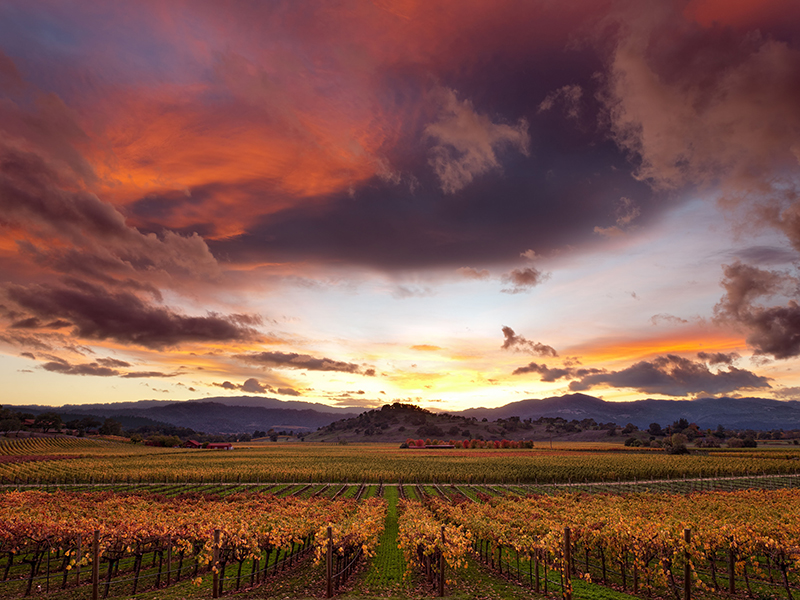
These New world icons, and many European wines like Rioja and Barolo can be acquired—often directly from the wineries in perfect condition—for just a few hundred dollars. While the finest bottles from illustrious vintages are expensive, Munro notes that beginning to invest in legendary wines doesn’t need to require a huge outlay of cash. “There are plenty of great wines under $100 per bottle from all corners of the globe.”
When seeking out valuable wines, it’s important to find opportunities to select bottles that have perfect provenance and have been stored in ideal conditions. “Acquiring mature wine at auction offers great opportunities,” advises Munro. “Look out for winery direct sales, and single-owner collections.”
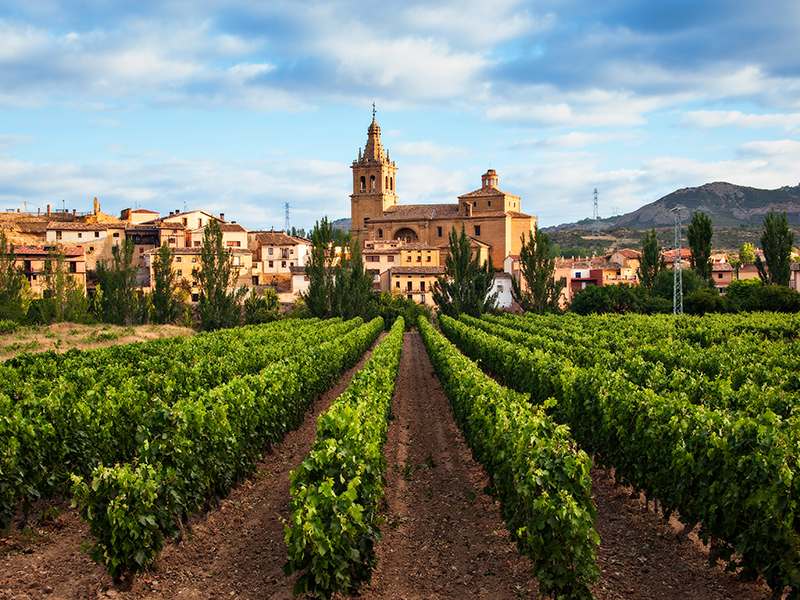
Christie’s will be hosting several sales this season with lots including Burgundies from Romanée Conti, La Tâche, and impeccable Bordeaux wines including 1982 Château Mouton Rothschild, and Italian Icons from Bruno Giacosa and Conterno.
Whether beginning a collection with Napa Cabernet or expanding a library of Burgundies, it’s crucial to purchase wines from a trusted source with a track record as impressive as the estates themselves to ensure the wine inside each bottle is authentic. As Munro points out: “Christie’s has been auctioning wine since 1766—and hopes to do so for more than another 250 years.”
Banner image: Alamy